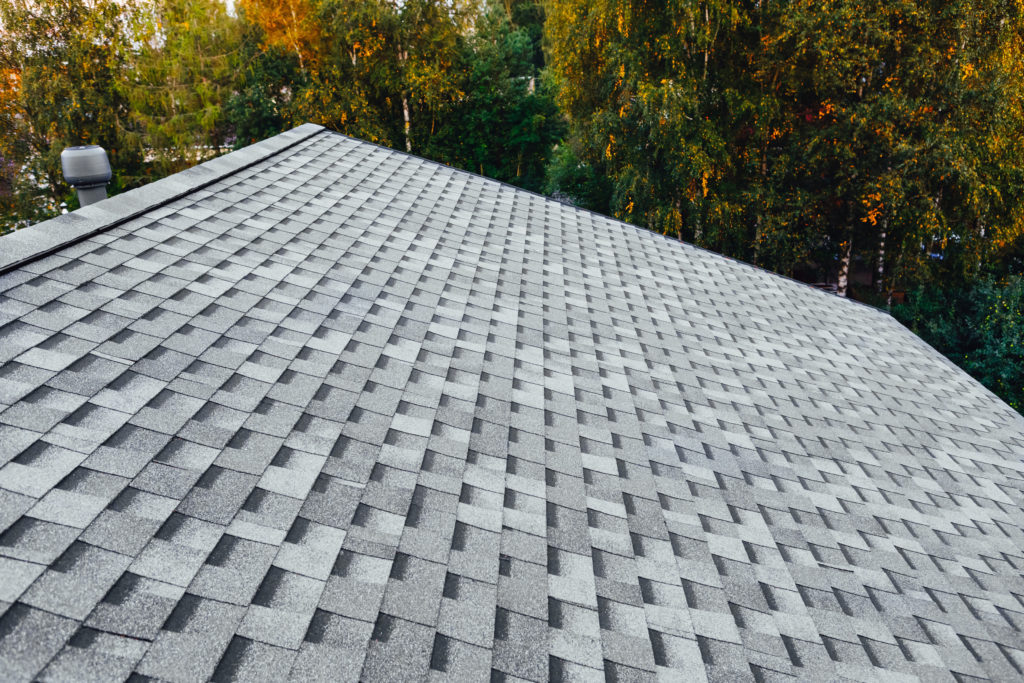The first hints of autumn chill has hit many parts of Minnesota. Although winter is still a month or two away, the team at Midwest Roofing, Siding & Windows is preparing for colder weather by raising awareness about ice & water barriers. Whether you live in Eden Prairie, St. Paul, or Fairbanks, having a secondary water barrier can mean the difference between a roof which lasts and one that leaks.
What is an Ice & Water Barrier?
Also called an ice & water shield, this layer of material is placed directly on the roof deck under the primary outer roof covering of shingles, metal, etc. An Ice & Water barrier includes the same basic properties included in the initial leak barrier covering on your roof. Each leak barrier has a very specific purpose: to prevent windblown rain from getting to the wood sheathing of your roof. In the past, an underlayment of traditional felt paper was considered adequate. Now, Minnesota building codes require either 2 layers of underlayment to be cemented together or a self-adhering polymer modified bitumen sheet be used in high water risk areas of your roof. High-risk areas include valleys, seams, edges near the gutter system, and around skylights.
Why is Felt Paper Not Enough?
Traditional felt paper underlayment was used for years because it does a great job at stopping leaks. However, the weakness of using felt lies where the sheet overlaps and where nails or other fastenings penetrate the felt paper. Water can get under the nail head, seeping down the shaft of the nail into the roof below.
How do Ice & Water Barrier Solve the Issue?
Many Ice & Water Barriers are made of a self-adhering, self-sealing, rubberized material which not only adheres to the roof but also forms a seal around all nail penetrations. Because the material adheres directly to the roof’s surface, it is in no danger of being torn off during severe weather.
A secondary water barrier has proven to be an effective means of keeping ice and water out of your home. By adhering directly to the roof deck, Ice & Water Barrier prevents not only rain, but melted snow and ice from infiltrating into the roofing system, helping to eliminate effects of wind-driven rain, gutter backup, and ice dams.
Minnesota State Roofing Requirements
Currently, the Minnesota State building code requires an ice barrier at the eaves extending from the eave’s edge to a point at least 24-inches inside the exterior wall line of the building. It also requires that all roof valleys have an additional 36-inch wide layer of underlayment running the full length of the valley in addition to the underlayment already in place. All penetrations, wall intersections, and intersections where the roof pitch changes must also have ice and water shield installed.
Stay Informed with Professional Help
When reroofing your home, contact our team at Midwest Roofing, Siding & Windows. Our contractors will work with you to choose the products, styles, and materials required to fit your budget and current building codes.
Originally published: Aug. 6, 2013
Information updated: August 24, 2015
Information updated: June 2017
